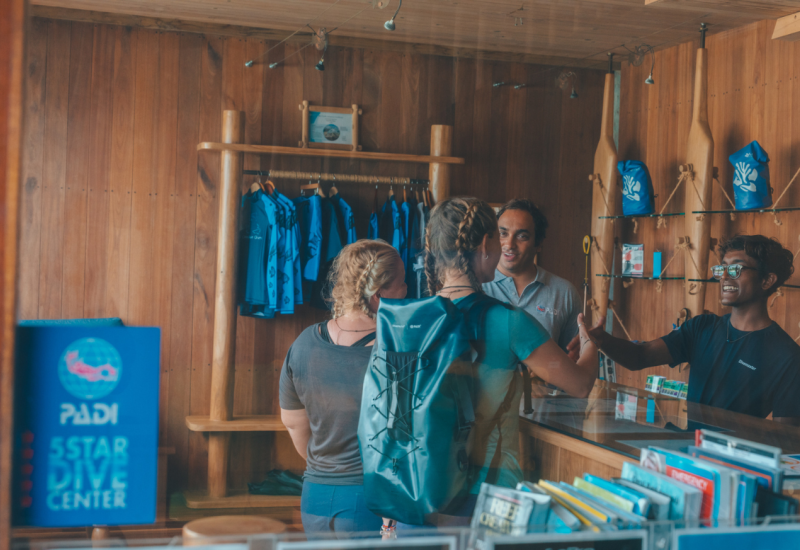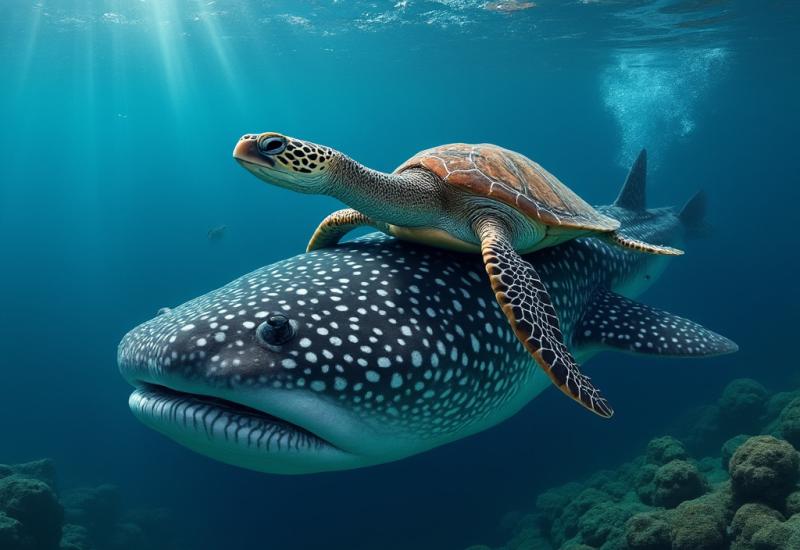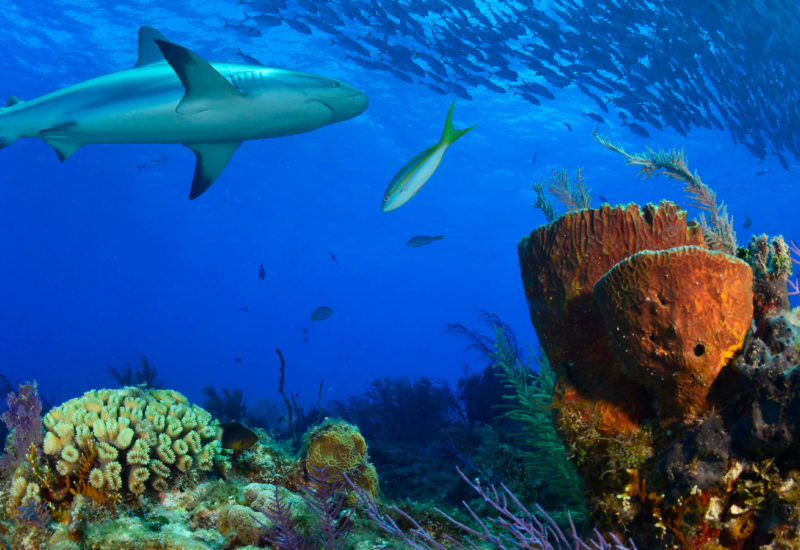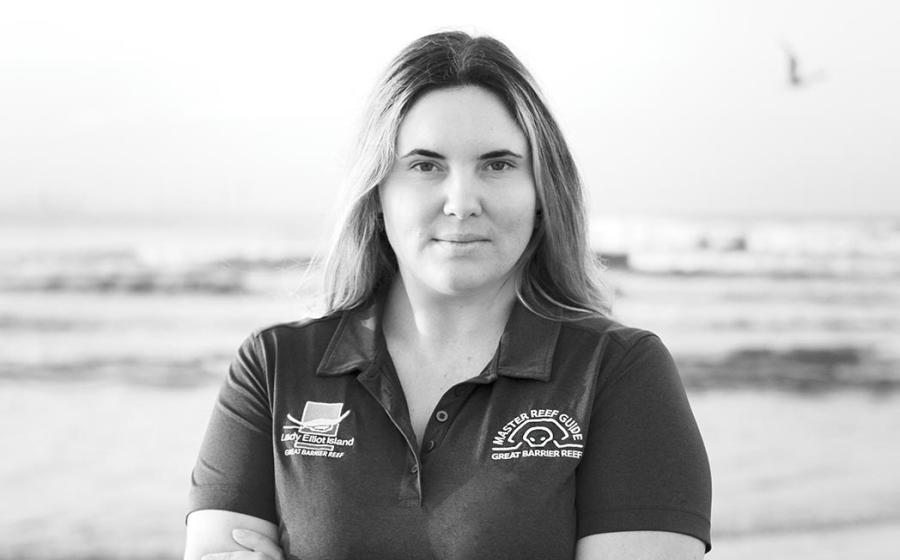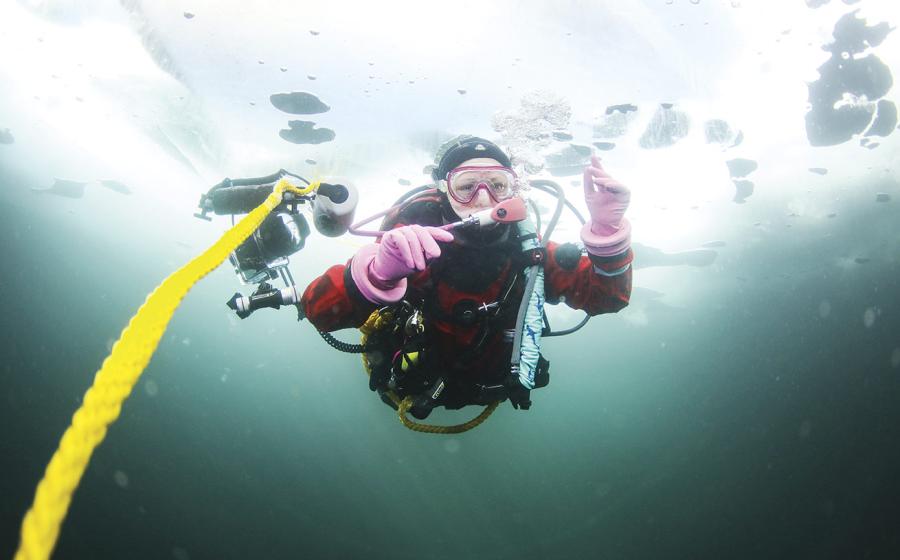World's Best Dives: 10 Haunting Shipwrecks
Unlike artificial reefs, these ill-fated vessels have not been stripped clean, but they live on in a way — carrying cargo, wartime ammunition, bodies and the secrets behind their sinkings.
SS Sapona | Bimini, Bahamas

Image Source/AlamyA snorkeler explores the SS Sapona shipwreck in Bimini, Bahamas
Maybe this Bimini wreck — so shallow that it’s a scuba diving and snorkeling site — doesn’t immediately send chills down your spine. But there’s its history: The concrete-hulled cargo steamer ran rum to the States during Prohibition until it ran aground during a hurricane. Then there’s its silhouette. The bow and stern remain, but amidships, only the vertical supports have weathered the 93 years since its demise, giving it a skeletal appearance. And, because it is so shallow, the ship can give a fright when spotted during dawn, dusk or other times of low light, seeming like nothing more than an apparition sailing along the horizon. biggameclubbimini.com

Ethan DanielsThe Chuyo Maru in Palau
Chuyo Maru | Palau
“I get an eerie feeling when diving all the wrecks in Palau, knowing they went down so violently in World War II,” says underwater photographer Ethan Daniels. Of all the South Pacific country’s wrecks, Daniels is especially taken with Chuyo Maru, sitting upright and mostly intact just off the west coast of Koror. The section that most draws him in is the engine room: a three-story space with the catwalks still intact. Says Daniels, “Nothing is in there other than a greenish algae covering the catwalks — that’s where you could sense a ghost walking, right where people were working, living every day.” He adds, “There’s a dichotomy compared with the outside of the ship, which is covered in corals and life." samstours.com
E.B. Allen | Alpena, Michigan
The most chilling section of the wrecked E.B. Allen wooden schooner is the collision hole that sent it to its demise at 100 feet, in Lake Huron off Alpena, Michigan, in November 1871. The wreck is otherwise intact, an impressive spectacle to drop down onto. Says Stephanie Gandulla, who co-owns Great Lakes Divers scuba center, “It appears suddenly out of the greenish gloom of water, which makes for an eerie effect.” greatlakesdivers.com
Helldiver | Maui, Hawaii
“I wouldn’t call it haunting, but there’s a romance to diving this plane,” says Ed Robinson, owner of the dive shop bearing his name. The dive bomber, technically a Curtiss SB2C-1, crashed into the Pacific in 1944, but was only added to the dive map in 2010, when local fishermen noticed a continual tangling of their lines in the same spot. The craft, now sitting in roughly 50 feet of water, is mostly intact. Even the wings still reach skyward. mauiscuba.com

Brandon ColeThe SS Yongala in Queensland, Australia
SS Yongala | Townsville, Queensland, Australia
This steamship, arguably best known now as a hotspot for big-animal encounters, began its second life as an underwater habitat in 1911 when a cyclone claimed it. None of the 122 passengers survived. But what is most haunting is that the cause of what was then the largest maritime disaster — predating Titanic by a year — remains unknown. No lifeboats were ever found, suggesting that the storm likely barreled down on an unaware crew.
Swim the wreck now, 92 feet to the sand, and find it relatively intact, lying on its starboard side. The engine room, galley and masts are as much highlights as the massive marble rays, grouper and trevally. As for that sense of haunting, it may come less from the history — which today’s generations don’t know firsthand — as from the song of whales, another big-animal regular, as they migrate past. mikeball.com
San Francisco Maru | Chuuk Lagoon, Micronesia
If its involvement in WWII doesn’t rattle you, perhaps the piles upon piles of unexploded ordnance might. This 385- foot ship in Chuuk Lagoon is among the most exemplary sunken war relics, starting with the massive bow gun. The cargo ship, 148 feet at its shallowest, is heaped with supplies, from the tanks and truck on the main deck, to the holds heavy with mines, crates of artillery shells, bombs and more. This is definitely a look-don’t-touch experience. sirenfleet.com
Love shipwrecks? Check out the 50 best shipwrecks in the world.
Hirokawa Maru | Guadalcanal, Solomon Islands
The experience of diving the Japanese cargo ship Hirokawa Maru is deceptive from the start.
“It becomes a trick — when you go in the front door, it looks easy and light and simple,” says Shannon Kozak, owner of Solomon Dive Expeditions. “The wreck starts in 10 feet of water on a sandy bottom, which makes it a very welcoming place for less experienced divers. But then it slopes to 184 feet, where it’s dark and the colors drop out. It becomes a less welcoming place for less experienced divers — even I don’t go to that depth.” The ship sunk during one of the biggest WWII battles in the Solomon Islands, and its wounds remain on display. “You can see big blown-out holes where bombs hit, and you can enter those, but beware the jagged edges.” Moreover, the ship was hit at sea, but managed to reach shore — although not without further impact.
“It had a very violent entry to the island. The crew basically jammed it into the shoreline.” Despite this, much of the ship is intact, including the engine — although it’s never the intactness, nor the fish life, that’s on Kozak’s mind as she swims through.
Says Kozak, “What I think about on every dive of that ship is simply the destruction.” solomonsdiving.com
HMS Moldavia | Littlehampton, U.K.
Sure, the English Channel is chilling, but what’s most unnerving about diving the Moldavia ocean liner is the thought of the 56 lives lost when the ship settled to the seafloor. Even after a torpedo punctured its side, the sinking was not a fast and furious affair. All but those on the lowest levels of the ship reported to duty as the ship continued its course for another 15 minutes after impact. The escort vessels sidled up, rescuing the majority of the crew, who watched as the bow shot upward in one final salute before sinking. Now in the sand at 157 feet, with sections as shallow as 92 feet, ship highlights include lifeboat derricks, a few guns and mounts still in place, and the starboard anchor. What is not visible, but buried in the sand, is the point of impact. clife.co.uk

Image Broker/AlamyThe Aida in the Red Sea
Aida | Brothers Islands, Red Sea, Egypt
Like Hirokawa Maru, it’s not the back story of Aida that gives divers pause — it sank during a routine cargo run plagued by bad weather. Rather, it’s the disorienting feeling caused by the ship’s angle, reefed on the island of Big Brother, that floods one with vertigo. The 246-foot buoy tender starts at 82 feet and falls to 197. Losing light and mental faculties in the darkness are not to be underestimated. aggressor.com
U-352 | Morehead City, North Carolina
To witness the full effect of this WWII German submarine sunk in 1942 off the coast of Morehead City, bring a light. Openings in the hatches and conning tower provide glimpses into the final chapter for the vessel. “It’s a spiderweb of cables, and those obstacles tell you stay out,” says Jay Mead, of Discovery Diving center. “It’s a deathtrap in there — you’d be joining the Germans.” To this day, the site remains a gravesite to the 15 soldiers trapped inside. “Plus, it’s still the property of Germany, so morally and legally, you don’t want to disturb that,” says Mead. But even from the perimeter, the 220-foot submarine is impressive, especially for first-timers. Of the five WWII U-boats within recreational limits, this offers the most reliable visibility. discoverydiving.com

